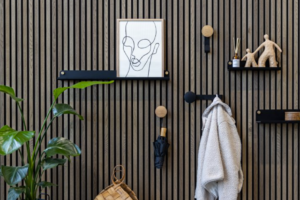"Instant gratification" is not a phrase typically associated with gardening. It can take up to 3 years for a perennial bed to reach maturity and even longer for shrubs and trees.
Annuals, however, are the exception. "Annuals" typically refer to plants that germinate, flower and die in one year. This may seem like a drawback when compared to perennials (which come back year after year), but annuals offer many benefits to the gardener. They bloom right away (there’s that "instant gratification"), and, with some basic care, can bloom all season long. So while perennials typically bloom for 2-4 weeks, annuals can last for months. Here are some tips on how to use annuals, planting techniques and care suggestions.
How to use. Although most people think of annuals for planters and window boxes, they are great in the garden, too. In a newly planted bed, annuals can fill in bare spots until the garden matures. Annuals can also contribute color and interest during times when the garden is more quiet – fall, for example, when many perennials are starting to go dormant. And as annuals are more "temporary" in nature, they provide the ideal opportunity to experiment with a variety of plants and planting styles; tropicals, or succulents, for example, are fun annuals that can add an unexpected element to your garden bed.
Planting. When planting annuals in containers, be sure to use a specially prepared potting soil – this will provide optimal drainage. To your potting soil add a slow-release fertilizer and water-storing polymers (such as Soil Moist). As annuals bloom continuously, they eventually deplete the soil of nutrients. Fertilizer will give your plants a "boost" as the season progresses. Polymers absorb up to 200 times their weight in water, releasing moisture back into the soil as it dries out. Because pots and containers can dry out very quickly, polymers provide extra insurance during very hot/dry spells.
Care. As annuals don’t establish deep roots, regular watering is a must – daily in the case of planters and window boxes. If possible, water early in the morning to ensure that your plants have adequate moisture as the day heats up. Deadheading insures that your plants will continue to produce flowers instead of shutting down and setting seed. Simply cut off spent flowers down to the next bud or flower (if you do not see a flower, cut down to the next set of leaves). In addition to prolonging the bloom cycle, deadheading improves the overall appearance of most plants.
With annuals you can take chances, experiment with new and different plant combinations or make a bold statement. I like to think of annuals as the "accessories" in the mix of perennials, grasses and shrubs.
Enjoy your garden!
Sheri Silver owns fiori garden design in Irvington – she can be reached at sherifiori@aol.com or at www.fiorigarden.com.






